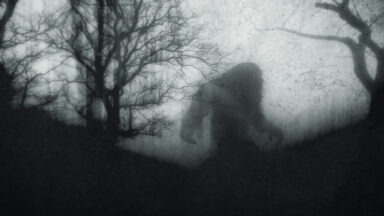Oklahoma Lawmaker Proposes Official Bigfoot Hunting Season

A hunting season for Bigfoot? One Oklahoma lawmaker has proposed just that.
Oklahoma state representative Justin Humphrey has filed legislation that would establish a Bigfoot hunting season in the state. The bill would work with the Oklahoma wildlife conservation division to establish the dates of the season, licensing, and fees. Humphrey is also hoping to establish a $25,000 bounty for anyone who captures the creature, adding he doesn’t want anyone to kill Bigfoot, but rather the license would specify trapping only.
Humphrey said in his statement “Establishing an actual hunting season and issuing licenses for people who want to hunt Bigfoot will just draw more people to our already beautiful part of the state. It will be a great way for people to enjoy our area and to have some fun.”
Watch more:
Woman Says She Was Visited by Yowies, The Bigfoot of the Outback

Legends of Yowies have been told for centuries in Australia, including one woman who says she was visited by Yowies who left her gifts of flowers and macadamia nuts.
Like the American Bigfoot, the Yowie has become a popular campfire tale, prodded into mainstream lore with home videos taken by camping families and outdoor enthusiasts. And it’s from this alleged evidence that many have based their opinions as to whether or not Yowies exist. But it may be a bit hasty to dismiss the existence of this creature as outlandish, as the Yowie, unbeknownst to most, actually has prominence among the Aborigines, who say they’ve coexisted with them for centuries.
What is a Yowie? The Australian Bigfoot…
Many cultures have their versions of the Yowie, including the American Sasquatch (or Bigfoot), the Yeti (or Abominable Snowman) of the Himalayas, and the Brazilian Mapinguari. These are all creatures described as bipedal, larger than the average human, and covered in hair like an ape.
Interestingly enough, those who do believe these creatures exist also say that they’re likely to be close relatives of one another.




































